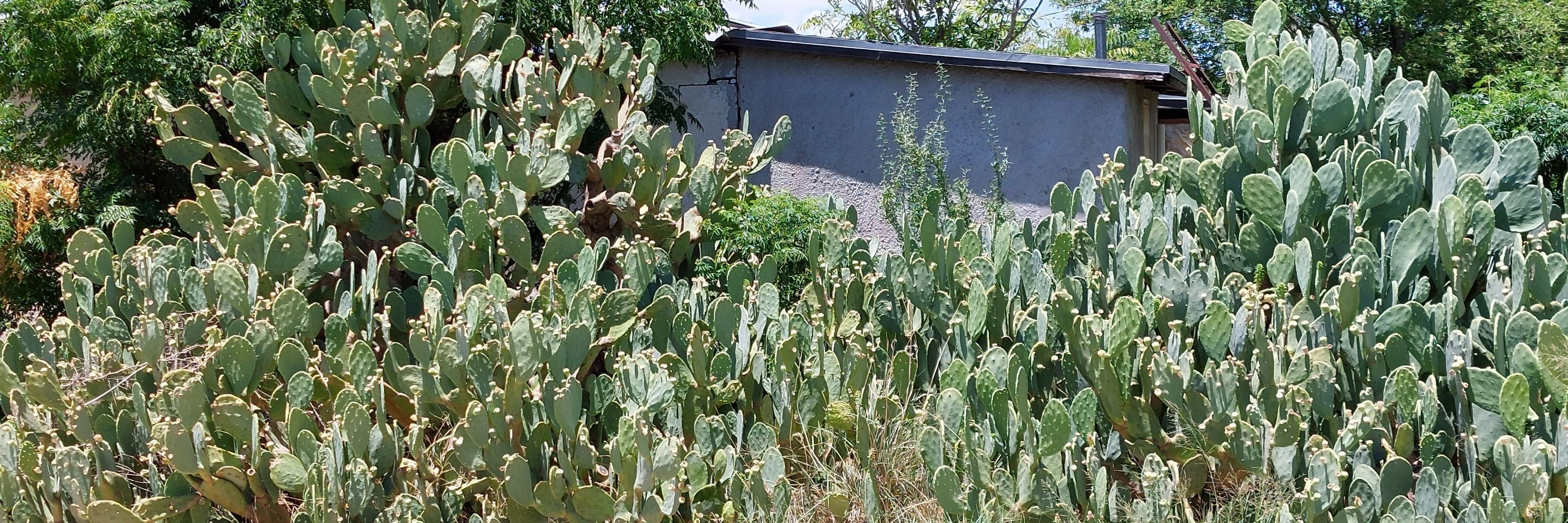
I talk a lot of non-Anglo Texas history but also furry stuff so ymmv
18+⚠️
shumla.org/research/pub...
shumla.org/research/pre...
shumla.org/research/pub...
shumla.org/research/pre...
This is a really interesting piece of research (& the first I believe) to posit the interpretation
Also "Land of the Tejas" by John W. Arnn III goes into the interconnectiveness of the regional peoples of pre-European (and even post) Texas, for further reading

This is a really interesting piece of research (& the first I believe) to posit the interpretation
Also "Land of the Tejas" by John W. Arnn III goes into the interconnectiveness of the regional peoples of pre-European (and even post) Texas, for further reading
I also do not think it is unreasonable to have a ceremonial site of pilgrimage like this either
I also do not think it is unreasonable to have a ceremonial site of pilgrimage like this either
ALSO since this is the last comment in the chain (for now)
When I said "northernmost extent of Mesoamerica" I meant POSSIBLY the northernmost extent, for clarification
ALSO since this is the last comment in the chain (for now)
When I said "northernmost extent of Mesoamerica" I meant POSSIBLY the northernmost extent, for clarification



